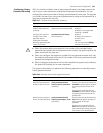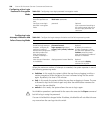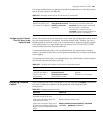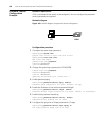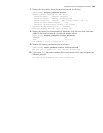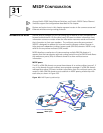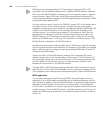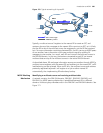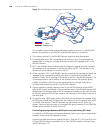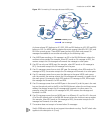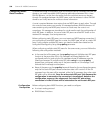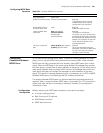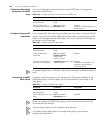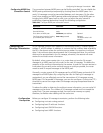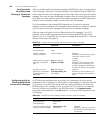
Introduction to MSDP 587
Figure 170 Typical networking of Anycast RP.
Typically, a multicast source S registers to the nearest RP to create an SPT, and
receivers also send Join messages to the nearest RP to construct an RPT, so it is likely
that the RP to which the multicast source has registered is not the RP that receivers
Join. To ensure information consistency between RPs, the RPs, serving as MSDP peers
of one another, learn information of the peer multicast source by sending SA
messages to one another. As a result, each RP can know all the multicast sources in
the PIM-SM domain. In this way, the receivers connected to each RP can receive
multicast data sent by all the multicast sources in the entire PIM-SM domain.
As described above, RPs exchange information among one another through MSDP, a
multicast source registers with the nearest RP, and receivers join the nearest RPT, so RP
load balancing can be achieved. When an RP fails, the multicast source and receivers
previously registered to/joined it will register to or join another nearest RP
automatically, thus implementing RP redundancy backup.
MSDP Working
Mechanism
Identifying a multicast source and receiving multicast data
A network contains four PIM-SM domains, PIM-SM1, PIM-SM2, PIM-SM3, and
PIM-SM4. An MSDP peering relationship is established between RPs in different
domains. Multicast group members exist in the PIM-SM1 and PIM-SM4 domains. See
Figure 171.
RP1
RP2
SA
MSDP
user
user
S1
S2
user
PIM-SM
SA message
MSDP peers
user
user



